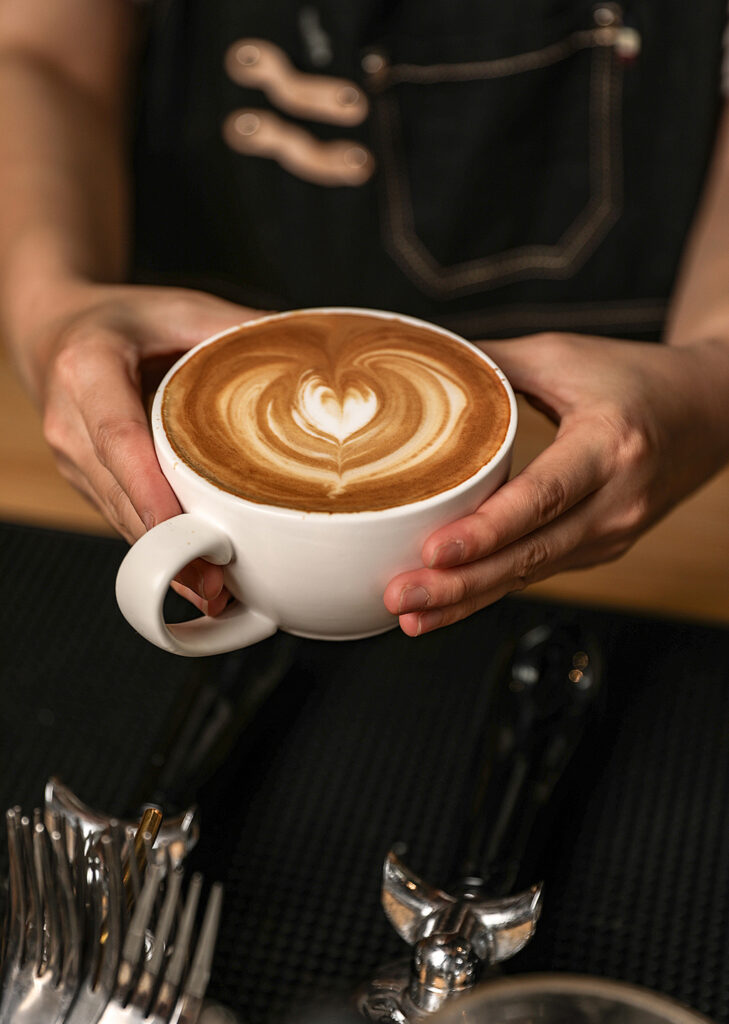
As a coffee machine manufacturer serving diverse markets, I’ve learned that the terms “black coffee” and “white coffee” mean wildly different things depending on who you ask. A New York barista and a Kuala Lumpur café owner might use the same words but mean entirely separate beverages. Let’s demystify these terms, explore their cultural nuances, and uncover why understanding them matters for coffee machine exporters.
Defining the Terms: Beyond Color
Black Coffee: Pure, Unadulterated Essence
- What it is: Pure coffee brewed without additives. This includes espresso, Americano, pour-over, or French press.
- Global aliases: “Espresso” in Italy, “Kopi” in Malaysia/Singapore (when served black), “Café noir” in France.
- Key traits: Bold, acidic, or fruity notes dominate. Requires high-quality beans and precise brewing to avoid bitterness.
White Coffee: A Canvas for Customization
- What it is: Coffee with additions like milk, cream, sugar, or flavorings. Examples include lattes, cappuccinos, and flat whites.
- Regional twists:
- Malaysia/Singapore: White coffee refers to kopi putih—roasted beans simmered in margarine and served with condensed milk.
- Western markets: Typically milk-based drinks like lattes or macchiatos.
- Key traits: Creamy, sweet, and textured. Relies on steam wands and milk frothers for barista-level execution.
Why the Confusion? A Coffee Machine Perspective
Many buyers assume “black” and “white” refer to roast levels or bean types. Here’s why exporters must clarify:
- Brewing equipment:
- Black coffee requires grinders optimized for espresso (fine grind) or pour-over (medium-coarse).
- White coffee needs steam wands for milk steaming and compatibility with milk pitchers.
- Market-specific demand:
- In Italy, “caffè nero” means espresso—no milk. In Malaysia, “white coffee” is a cultural staple.
- Germany’s Milchkaffee (milk coffee) vs. Australia’s flat white: Same base, different ratios.
Pro Tip: Always ask buyers if their target market associates “white coffee” with additives or regional styles.
Technical Considerations for Coffee Machines
Black Coffee Machines: Precision Over Power
- Suits: Espresso machines with PID temperature control (e.g., La Marzocco Linea Mini).
- Key features:
- Consistent 9-bar pressure for extraction.
- Pre-infusion settings to enhance flavor clarity.
- Quick heat-up times for high-volume cafés.
White Coffee Machines: Versatility is Key
- Suits: Commercial-grade machines with advanced milk systems (e.g., Rocket Espresso R58).
- Key features:
- Rotary pumps for silent, consistent milk steaming.
- Auto-purge functions to prevent milk residue buildup.
- Wide steam wands for latte art.
Cultural Preferences: Designing for the Market
- Europe/North America:
- Black coffee = specialty coffee culture. Focus on single-origin beans and manual brewing setups.
- White coffee = convenience. High demand for pod-compatible machines (e.g., Nespresso).
- Asia/Pacific:
- White coffee dominates. In Malaysia, invest in machines with built-in milk carafes for kopi styles.
- Japan’s third-wave coffee scene favors minimalist black brews with latte art.
- Middle East/Africa:
- Black coffee often served with spices (cardamom, ginger). Look for machines with programmable preset buttons for spiced brews.
- White coffee mixes with condensed milk—ensure stainless steel interiors resist corrosion.
Why This Matters for Exporters
A one-size-fits-all approach fails. Consider these real-world scenarios:
- Success: An Australian café chain using dual-purpose machines (black espresso + milk steaming) saw 30% higher sales by catering to both markets.
- Failure: A U.S. buyer’s “white coffee” order (thinking lattes) flopped in Malaysia when machines lacked margarine-heating capabilities.
Final Checklist for Buyers
- Define “black” vs. “white” locally: Avoid misalignment with regional definitions.
- Specify milk system needs: Steam wand capacity, auto-cleaning protocols.
- Factor in bean type: Will machines handle oily beans (common in Italian blends) or pre-ground options?
Ready to Export the Right Coffee Solution?
Our machines are built for adaptability—whether your client wants pure black espresso in Milan or kopi putih in Kuala Lumpur. Let’s engineer brewing systems that honor cultural preferences and deliver commercial durability.
Contact us to discuss region-specific configurations.

